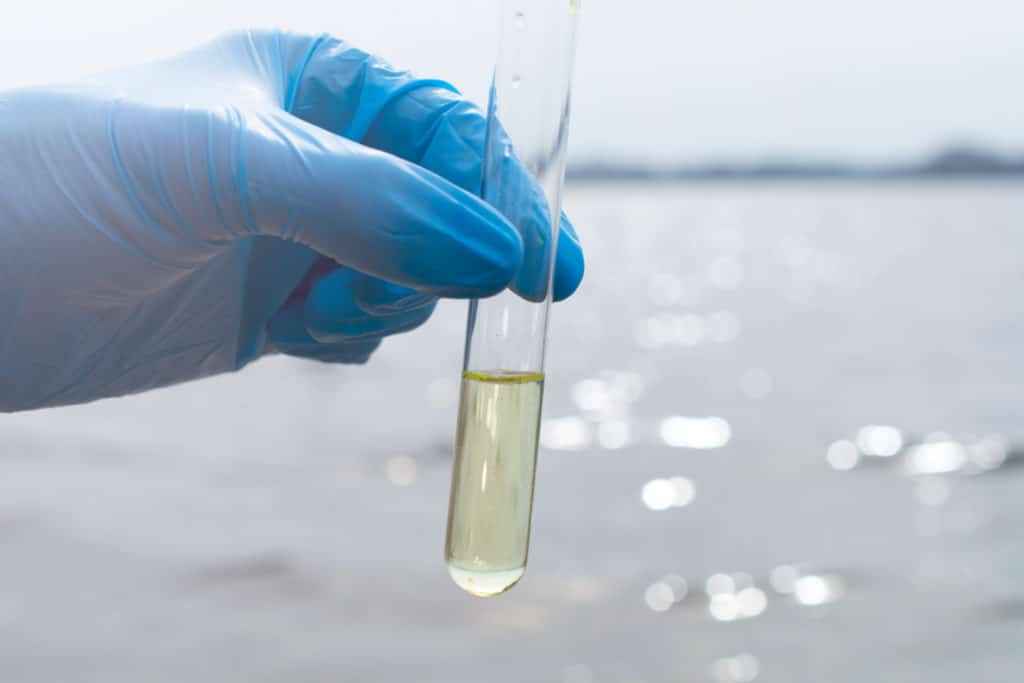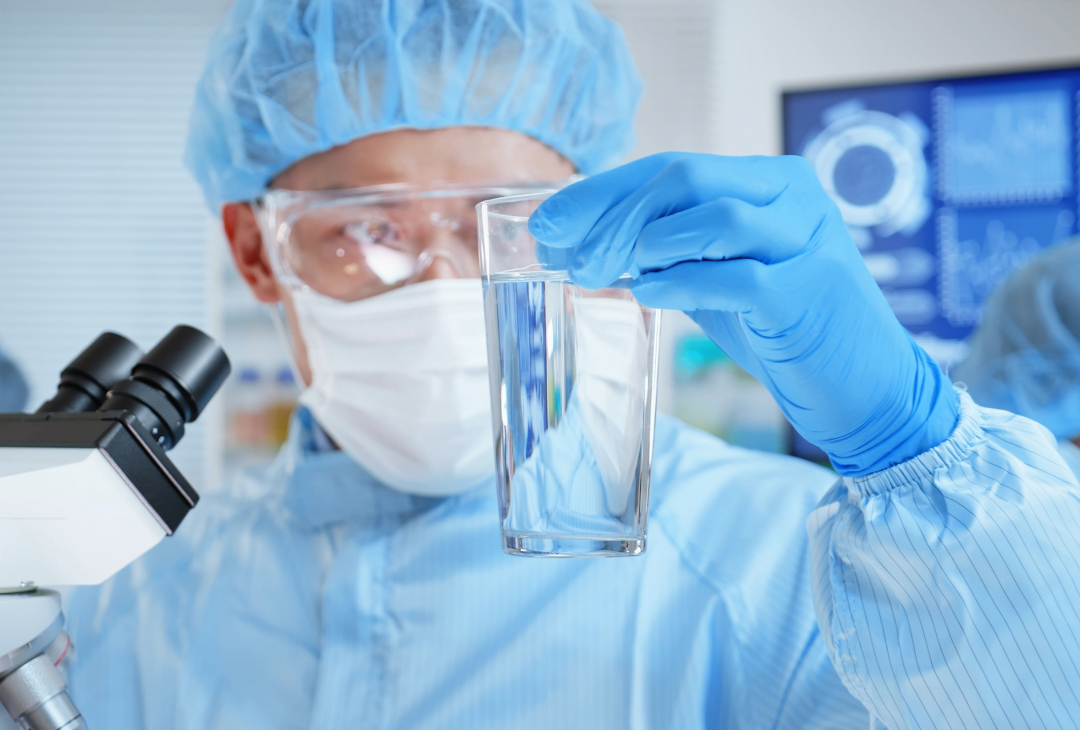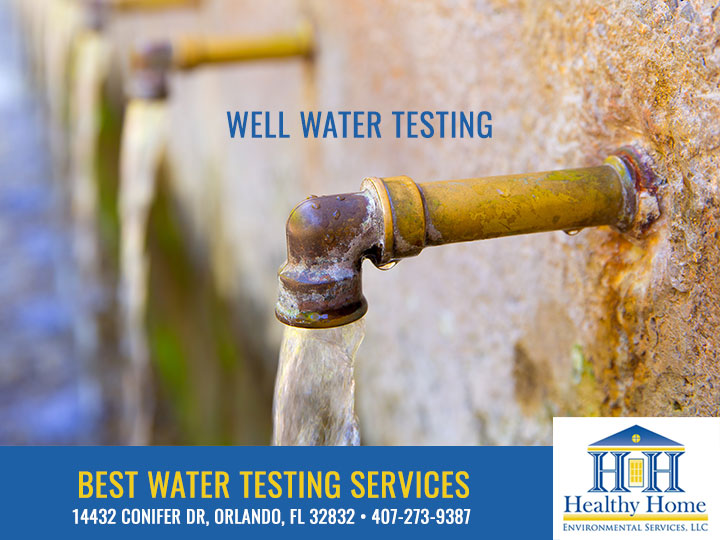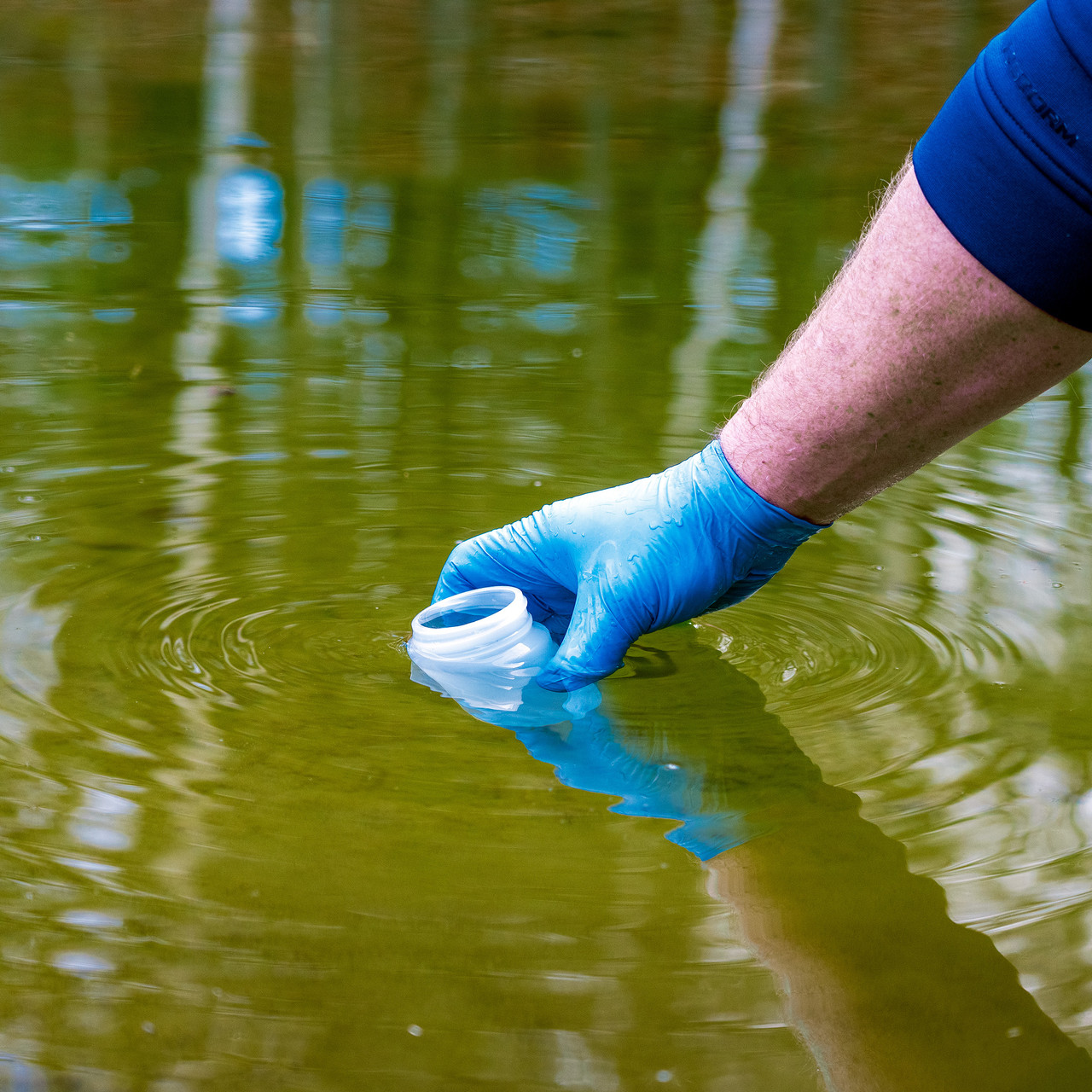Specialist Well Water Testing Services: Obtain Accurate Outcomes Quick
Discover What Is Included in Water Testing and Exactly How It Makes Sure Safe Drinking Water
Comprehending the details of water testing is crucial in making sure the top quality and safety and security of our alcohol consumption water. With a thorough exam of physical, chemical, and microbiological facets, water screening recognizes prospective impurities that could pose health dangers. From the existence of hefty metals to unsafe microorganisms, each examination element plays a critical duty in preserving the honesty of our water. Advanced methods like chromatography and spectrometry boost the precision of these evaluations. Yet, exactly how do these processes convert into the regulatory structures that guarantee safety and security in our day-to-day usage?
Secret Parts of Water Screening
Water testing is a vital procedure that involves numerous crucial elements to guarantee the safety and security and top quality of alcohol consumption water. Additionally, guaranteeing the pH balance of water is necessary, as it affects the water's corrosiveness and the efficacy of disinfection processes.
Another considerable element entails microbiological evaluation, where water samples are analyzed for the existence of microorganisms such as germs, infections, and protozoa. This analysis is crucial to recognize organic hazards that can pose health and wellness dangers if taken in. Chemical analyses are conducted to find organic and not natural materials, such as heavy metals, nitrates, and chemicals, that might be existing in the water supply.

Identifying Hazardous Contaminants
Spotting harmful contaminants in alcohol consumption water is an essential element of protecting public wellness. This process entails identifying prospective hazards that can compromise the high quality and safety and security of water materials. Impurities can range from microbes such as bacteria, infections, and protozoa, to inorganic substances like lead, arsenic, and nitrates, as well as organic pollutants consisting of pesticides and commercial chemicals. Each sort of contaminant postures distinctive health and wellness risks, making their discovery critical to make certain the water eaten by the public is risk-free.
Water testing for contaminants is generally carried out by regulative firms and water utilities, using a combination of area sampling and laboratory analysis. These assessments are developed to identify both normally occurring compounds and anthropogenic pollutants that might have gone into the water with agricultural overflow, industrial discharge, or maturing framework. Routine tracking is important, as contamination levels can fluctuate as a result of ecological modifications, seasonal variations, or human activities.
The identification of harmful impurities educates needed activities, such as water treatment interventions or public advisories, to reduce risks. Early detection is essential to avoid adverse health effects, varying from stomach illnesses to long-term conditions like cancer, consequently making sure the proceeded safety and security of alcohol consumption water.

Chemical Analysis Strategies
In the world of ensuring secure alcohol consumption water, chemical analysis techniques play a critical role in recognizing and measuring contaminants. These methods are crucial for detecting a large variety of chemical substances, consisting of heavy steels, chemicals, and commercial contaminants, which can position considerable health and wellness risks. Techniques such as atomic absorption spectroscopy (AAS) and inductively coupled plasma mass spectrometry (ICP-MS) are typically employed to gauge trace degrees of metals like arsenic, lead, and mercury. These instruments give exact quantification, facilitating compliance with regulatory criteria.
Gas chromatography-mass spectrometry (GC-MS) is an additional crucial technique, particularly for organic compounds. It separates intricate combinations and recognizes semi-volatile and volatile organic compounds, guaranteeing that toxins like benzene and toluene are within secure limits. High-performance fluid chromatography (HPLC) is in a similar way utilized for non-volatile compounds, including particular pesticides and drugs.
Ion chromatography is utilized to identify concentrations of anions and cations, such as nitrates and sulfates, which are pivotal in examining water top quality. These chemical evaluation methods collectively guarantee that drinking water continues to be risk-free by discovering discrepancies from established pureness norms, thereby guarding public health and wellness. Ensuring accuracy and precision in these tests is paramount to keeping the honesty of water security evaluations.
Microbiological Checking Approaches
Exact microbiological screening is crucial for securing public wellness by making sure that drinking water is without hazardous pathogens. This procedure includes spotting and specifying bacteria such as microorganisms, infections, and protozoa that might infect water supplies. Typical microorganisms include Escherichia coli, Giardia, and Cryptosporidium, each posing considerable wellness threats.
Numerous approaches are utilized in microbiological testing to recognize these hazards. The membrane filtration technique is often utilized, entailing water travelling through a filter that captures germs, which are then cultured to identify their presence and focus. The Water Tesing Services Orlando multiple-tube fermentation method makes it possible for the quantification of coliform bacteria using a collection of dilution and incubation steps.
Developments in innovation have introduced molecular techniques such as polymerase domino effect (PCR), which permits the extremely particular and rapid discovery of virus by intensifying their hereditary product. Enzyme-linked immunosorbent assays (ELISA) also supply a technique to detect microorganisms by identifying details proteins or antigens.
These differed techniques are important for thorough water quality analysis, making certain that water therapy processes are reliable and that circulation systems keep safety and security. By using these microbiological screening approaches, possible health and wellness dangers can be recognized and alleviated immediately.

Importance for Public Health
Making certain the microbiological safety and security of drinking water directly influences public wellness by stopping the spread of waterborne conditions. Microorganisms such as germs, viruses, and protozoa can result in illnesses like cholera, dysentery, and intestinal infections (Well water testing services). The application of comprehensive water screening procedures is vital in identifying and alleviating these dangers, hence protecting communities from prospective episodes
Routine water screening not only identifies microbial contaminants yet also analyzes chemical and physical parameters that can affect health and wellness. Extreme degrees of nitrates or hefty metals such as lead can pose severe health dangers, particularly to prone populations like infants and pregnant ladies. By recognizing these threats early, water screening enables prompt interventions, making sure the water continues to be within safe intake requirements.
Additionally, water testing plays a vital duty in keeping public self-confidence in community water systems. For policy manufacturers and wellness officials, the information derived from water testing notifies choices on facilities investments and public health and wellness methods, making certain resources are directed where they are most needed.
Final Thought
Water testing works as a crucial mechanism for guaranteeing the safety and top quality of drinking water through extensive evaluation of its physical, chemical, and microbiological residential properties. By finding damaging pollutants, such as heavy metals and chemicals, and utilizing advanced strategies like chromatography and spectrometry, water testing facilitates the recognition of prospective health threats. The application of rigorous screening procedures is crucial for preserving compliance with safety and security requirements, ultimately protecting public health and enhancing self-confidence in community water systems.

By determining these dangers early, water screening makes it possible for timely interventions, guaranteeing the water supply stays within risk-free usage criteria.
Water screening serves as a vital system for making sure the safety and security and quality of drinking water via detailed evaluation of its physical, chemical, and microbiological properties.